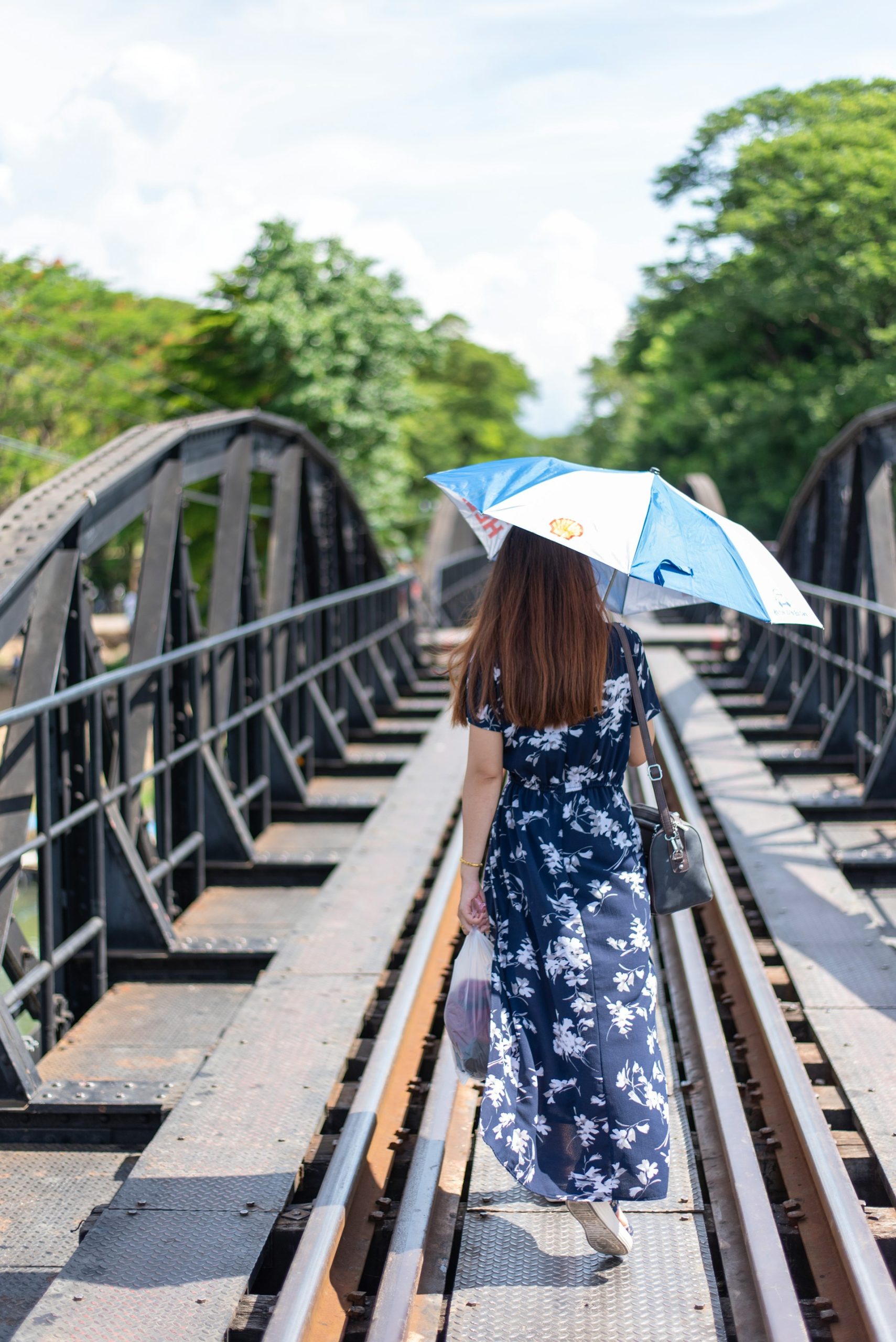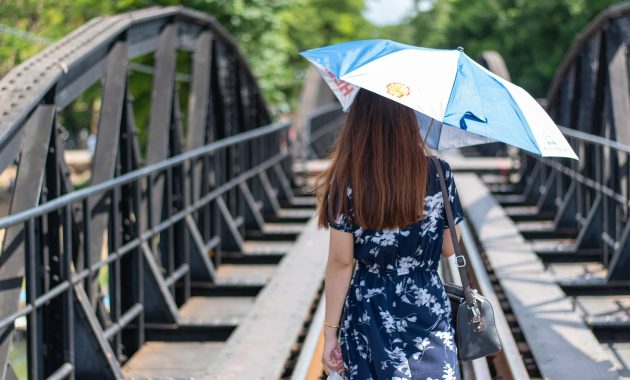
Nestled in the lush landscape of Kanchanaburi, Thailand, lies an internationally recognized site: The Bridge on the River Kwai. This bridge, often romanticized in popular culture, represents more than just a historical landmark; it is a testament to the resilience of human spirit amid the horrors of war. In this article, we delve deep into the history, significance, and the cultural impact of the Bridge on the River Kwai, exploring why this site continues to attract both tourists and historians alike.
The Historical Background: A War-Time Feat of Engineering
The Bridge on the River Kwai was part of the Death Railway, a rail line constructed during World War II by the Japanese Empire to support its forces in Burma (now Myanmar). The strategic goal was to create a direct supply route through the dense jungles and mountainous terrain between Thailand and Burma. However, the true cost of this engineering marvel came not in currency but in human lives.
Built between 1942 and 1943, the construction of this bridge relied heavily on the forced labor of Allied prisoners of war (POWs) and conscripted local laborers, often referred to as “romusha.” These individuals endured appalling conditions, including disease, starvation, and brutality at the hands of their captors. It is estimated that over 100,000 laborers died during the construction of the Death Railway, a grim statistic that earned it the moniker “The Death Railway.”
The Role of the POWs
The bridge over the River Kwai was just one part of the larger railway project, but it holds a special place in history due to the intense suffering of those who worked on it. British, Australian, Dutch, and American POWs were among those forced to work long hours with inadequate food, medical supplies, or rest. Many succumbed to tropical diseases like malaria and cholera or died due to the harsh punishments meted out by the Japanese soldiers.
The site has since become a place of reflection and remembrance for the fallen, with memorials and cemeteries nearby honoring the POWs who died during the construction.
The Bridge in Popular Culture: The Movie that Immortalized the Story
While the historical significance of the bridge is undisputed, its international fame was propelled by David Lean’s 1957 film adaptation, “The Bridge on the River Kwai.” The movie, based on the novel by Pierre Boulle, tells a fictionalized version of the events surrounding the bridge’s construction, focusing on the moral dilemmas faced by both the POWs and their captors.
Though the movie was a cinematic success, winning multiple Academy Awards, it has been criticized for its historical inaccuracies. For instance, the real POWs did not engage in the kind of moral debates seen in the film. Additionally, the actual bridge was never blown up by the prisoners, as depicted in the climax of the movie. Despite these deviations, the film brought global attention to the atrocities that took place along the Death Railway, ensuring the bridge’s place in both historical and popular consciousness.
Exploring Kanchanaburi: A Must-Visit Destination
Today, Kanchanaburi has become a major tourist destination for those seeking to understand the human cost of war. The area surrounding the bridge has been developed into a historical site, complete with museums, memorials, and preserved sections of the original Death Railway.
The Death Railway Museum
Also known as the Thailand-Burma Railway Centre, this museum provides a thorough and sobering account of the railway’s construction and the horrific conditions the POWs and local laborers faced. Through photos, artifacts, and multimedia presentations, visitors gain insight into the sheer scale of human suffering involved in the project.
War Cemeteries
A visit to the Kanchanaburi War Cemetery or the Chungkai War Cemetery is an essential part of the experience. These cemeteries serve as the final resting place for thousands of POWs who died during the construction of the railway. The neatly arranged rows of headstones offer a poignant reminder of the individual lives lost to this massive war effort.
Hellfire Pass Memorial Museum
Located a short drive from Kanchanaburi, Hellfire Pass is another crucial part of the Death Railway, where POWs were forced to cut through solid rock to continue the railway’s progression. The Hellfire Pass Memorial Museum, established by the Australian government, allows visitors to walk through this treacherous pass, retracing the steps of those who suffered here.
The Symbolism of the Bridge
More than just a physical structure, the Bridge on the River Kwai stands as a symbol of the tragic intersection of war, human endurance, and remembrance. It serves as a grim reminder of the atrocities that can arise during times of conflict and the importance of preserving such sites to educate future generations.
While the original wooden bridge constructed by the POWs was damaged and later replaced by the current steel version, the significance of the site remains undiminished. The bridge’s symbolism extends beyond its role in World War II. It now serves as a broader reminder of the consequences of war and the importance of reconciliation and peace.

Tourism and Economic Impact
The Bridge on the River Kwai has not only become a memorial site but also a crucial component of Thailand’s tourism industry. Thousands of visitors come each year to walk across the bridge, visit the nearby museums, and pay their respects at the war cemeteries. In turn, this tourism has stimulated local economies, providing employment and business opportunities for the residents of Kanchanaburi.
The annual River Kwai Bridge Festival draws even more visitors, with light and sound shows recreating the history of the bridge and the railway. This festival, while educational, also highlights how the tragic history of the site has been woven into the fabric of local culture and economy.
Preserving History: Why the Bridge Matters Today
As time passes, it becomes increasingly important to preserve sites like the Bridge on the River Kwai. They serve as physical reminders of history, ensuring that the lessons learned from past atrocities are not forgotten. The Thai government, in collaboration with international organizations, has made great strides in preserving the historical integrity of the bridge and the surrounding area, ensuring that future generations can continue to learn from it.
Additionally, the site plays a critical role in promoting peace and reconciliation. By visiting and learning about the sacrifices made here, visitors are reminded of the devastating impact of war and the value of peace. The bridge stands as a beacon of hope for a future where such suffering is never repeated.